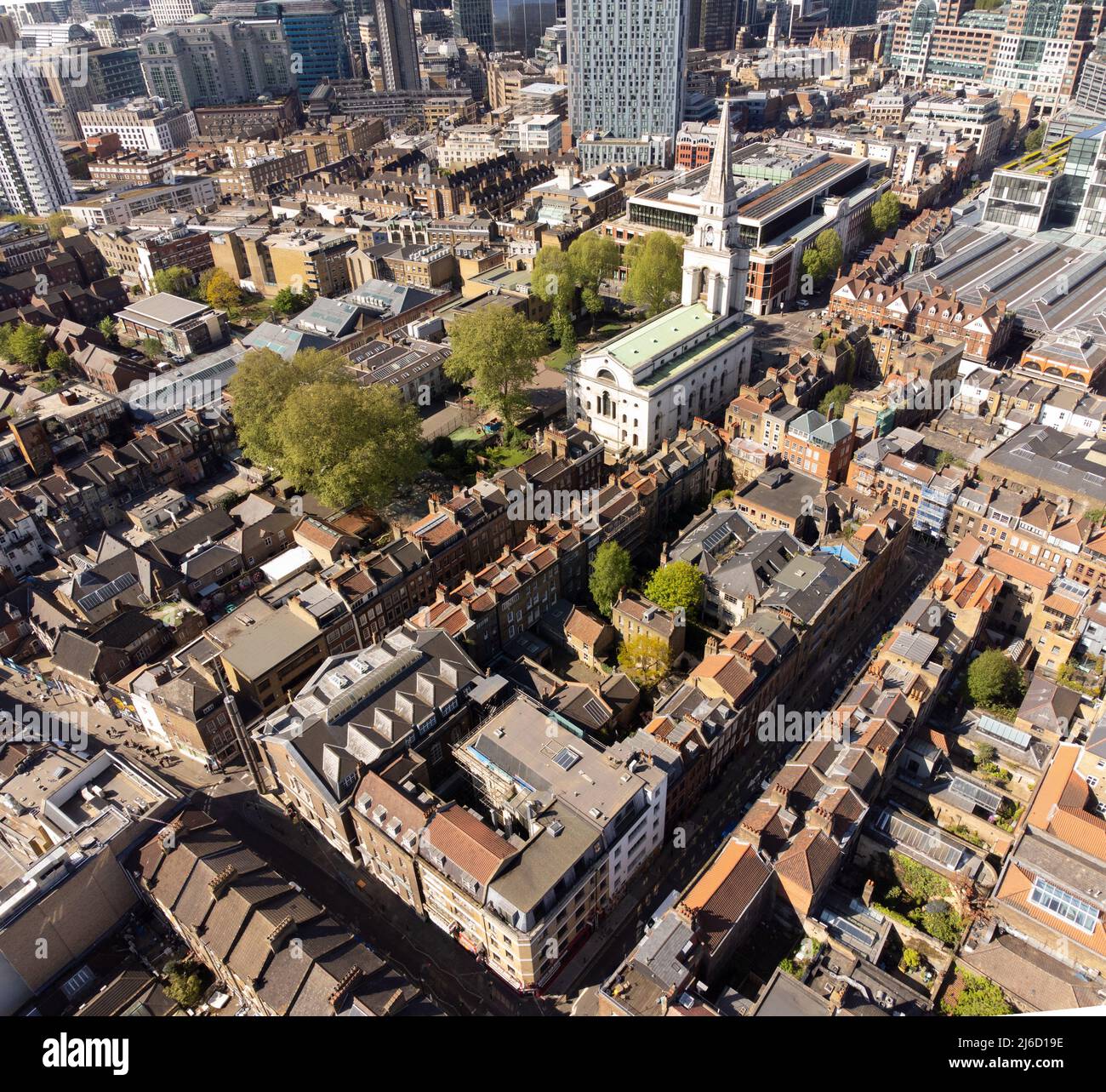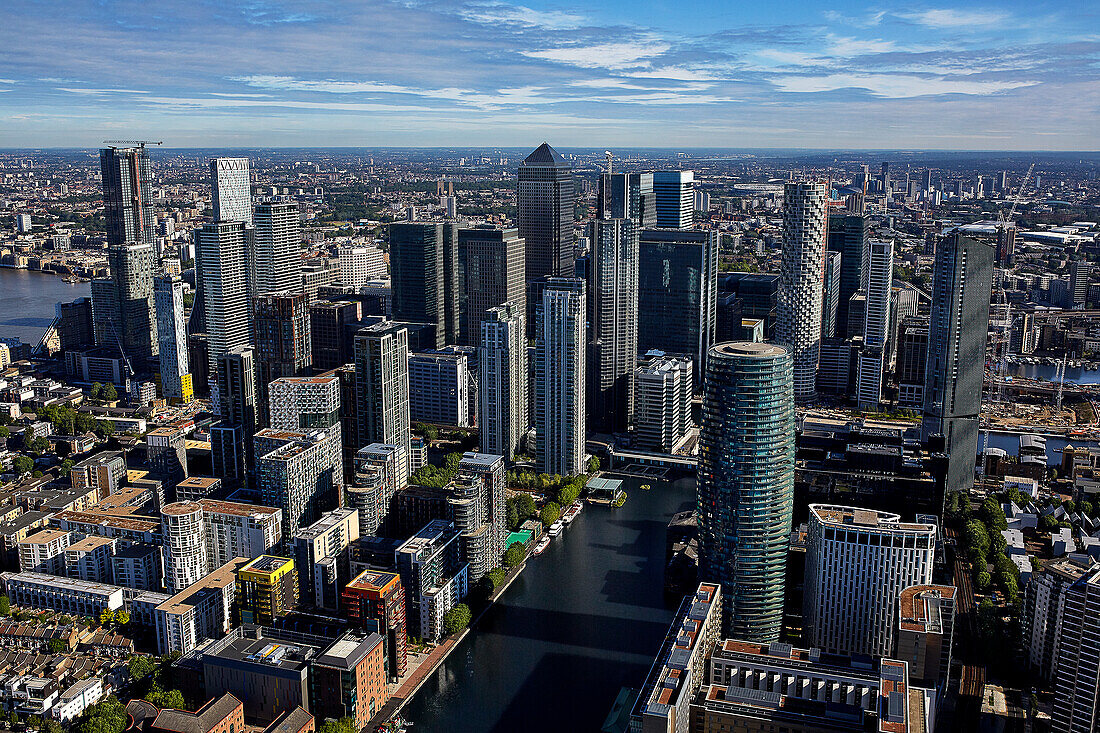The East End has an issue with its urban fabric that can never replicate the West End, in the form of built density (not population), and mix of usage.
Although there's no zoning in London (instead every new development is independently judged on character and impact), there is more self-segregation of residentials,
and due to being the poorer half, fewer offices:
At the best and busiest, it's still a shadow of the West End -plenty of shops and restaurants, just not wall-to-wall no matter how many highrises you put up:
 www.webbaviation.co.uk
www.webbaviation.co.uk
Below is the best connected site in the country, where two tube lines, two light rail lines, two heavy rail lines, an international HSR, two fast cross-city lines, and a normal cross-city line meet.
Plus a big bus terminus and interchange. It has an olympic stadium and park, and is opening 3 major cultural institutions, but still quite the cultural desert, whose main draw remains the Westfield
megamall. If this was central, it's still devoid of genuine street life (that funnels into the mall), and still dominated by residentials.

Even commercial districts are a step away from Courbousien tower-in-the-park residentials, just as full of nimbys. And most areas are irreversibly residential, albeit peppered with shops and haunted by tribal, feral hipsters.
-There are a few pockets of dense, historical fabric, but much of it was bombed away in the war:

The best you can hope for is of course Canary Wharf/ Wood Wharf/ Limehouse but even then shops are buried in a Canadian style underground mall, and little life on the streets (though that's slowly changing).
Beneath the towers it's calm, pretty and liveable -but no crowds or shops, who are relegated to a luxury, windowless existence below-decks.




